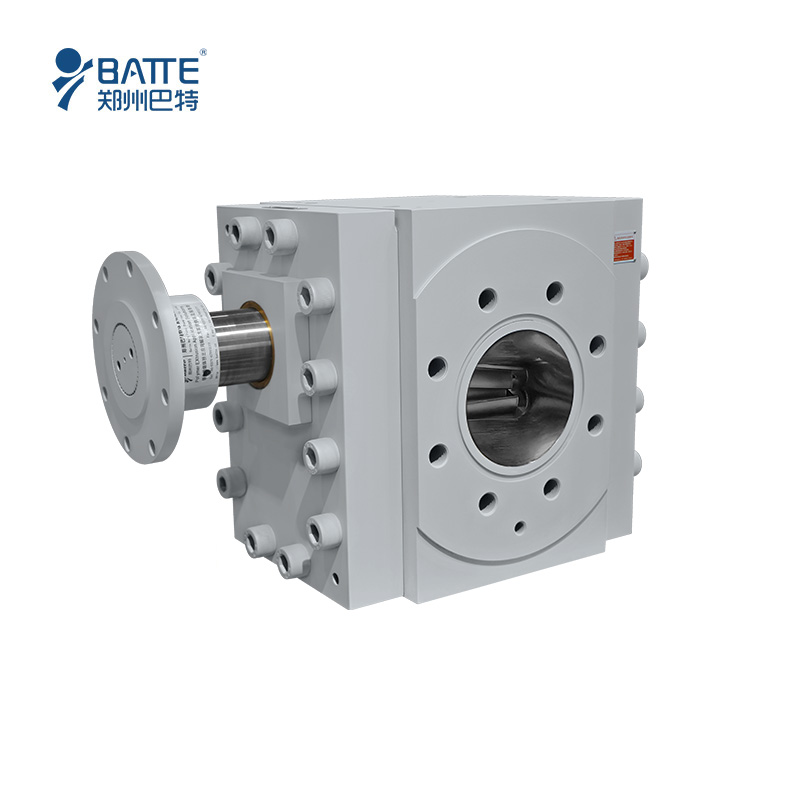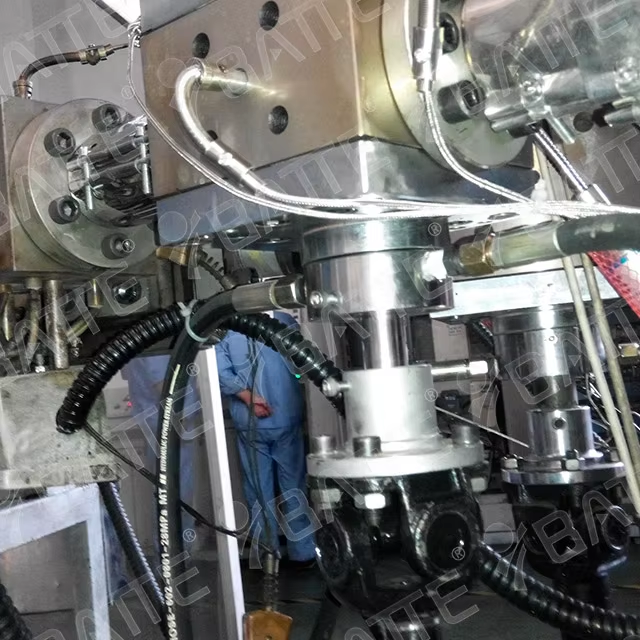
- Position:
- Batte Melt pump > NEWS >
Analysis of the causes of material leakage in the melt pump
The reasons for material leakage in a melt pump can be attributed to multiple factors, primarily related to the pump's structure, operating conditions, and maintenance status. Below is a detailed analysis of the causes of material leakage in a melt pump:
I. Sealing Failures
Aging or Damage of Sealing Components: Sealing components in a melt pump, such as shaft seals, packing, and O-rings, may lose their sealing effectiveness due to aging, wear, or corrosion after prolonged operation, leading to material leakage.
Improper Installation: If sealing components are not installed according to specifications, either too tightly or too loosely, this can result in inadequate sealing, further causing material leakage.
II. Pump Body Wear
Melt Impact: When the melt pump conveys high-temperature, high-viscosity melts, particles and impurities in the melt can cause impact and wear on the pump body, leading to an imbalance in pressure inside and outside the pump body and subsequent material leakage.
Material Fatigue: Prolonged operation of the pump body material under high temperature and pressure conditions can lead to fatigue failure, reducing its sealing performance and causing material leakage.
III. Rotor Deviation
Unstable Operation: During the operation of the melt pump, the rotor may experience some degree of deviation due to the instability of the melt or other external factors, resulting in an imbalance in pressure inside and outside the pump body and material leakage.
Design or Manufacturing Defects: Defects in the design or manufacturing of the rotor, such as imbalance or insufficient precision, can also lead to deviation during operation, causing material leakage.
IV. Other Factors
Improper Temperature Control: The melt pump requires maintaining an appropriate temperature during operation. If the temperature control is not proper, either too high or too low, it can cause sealing components to fail or the pump body material to deform, resulting in material leakage.
Improper Operation: If operators do not follow the operating procedures when using the melt pump, such as frequent start-stops or overload operation, it can damage the pump body and lead to material leakage.
Solutions:
Replace Sealing Materials: When sealing components fail, promptly replace them with new sealing materials to ensure sealing effectiveness.
Replace Worn Components: Regularly inspect the pump body, rotor, impeller, and other parts of the melt pump. If wear or damage is found, replace them in a timely manner.
Re-calibrate: If the rotor deviates, recalibrate it to ensure smooth and balanced operation.
Strengthen Maintenance: Regularly perform maintenance on the melt pump, such as cleaning and lubrication, to extend its lifespan and reduce the risk of material leakage.
Optimize Operating Conditions: Adjust operating parameters such as temperature and pressure to ensure that the melt pump operates in an optimal environment, thereby reducing the risk of material leakage.
In conclusion, the causes of material leakage in a melt pump are multifaceted and require a comprehensive analysis and solution approach considering factors such as equipment structure, operating conditions, and maintenance status.
Email: info@battemachinery.com
WhatsApp: +86 158 38331071

Any questions about our products, please feel free to contact us! We promise you high-end products and first-class service.Look forward to our cooperation!!!
- sales@battemachinery.com
- +0086-371-67991755





